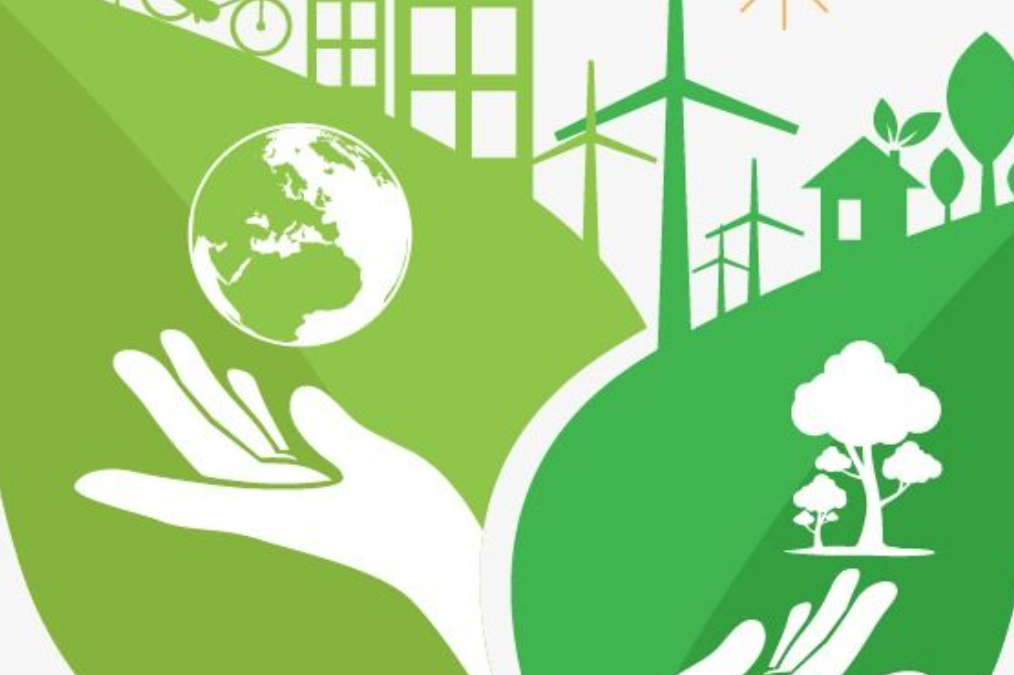For sustainability to be embedded in a company’s business strategy, the company needs to first build understanding of how it creates value for all its stakeholders, in the short, medium and long term by delivering on its brand promise through consciously prioritising not simply profit, but also delivering value to the society and the environment it operates in.
Sustainability as a value is best created when sustainability and governance practices are incorporated into daily business activities, manufacturing processes, construction practices and supply chain management.
It is essential that this occurs throughout an organisation and not simply in the boardroom, and should also be reflected in the daily decisions made by middle management and employees who directly affect the impact of these priorities and policies.
Employee training & awareness
Perhaps the most valid measure of whether sustainability is integrated into a business is the extent to which its employees adopt continual improvement in environmental performance. Training and engagement of employees is a vital element of any sustainability strategy.
Training should cover a range of topics, including environmental compliance, stakeholder concerns on environmental issues, the impacts of resource use and pollution on society and the environment, emergency preparedness for environmental incidents, and practical ways to drive continuous improvements in energy efficiency and environmental performance.
Approach to improving business environmental & sustainability impact should include:
- Industry best practice adoption
- Environmental & sustainability policy development & implementation
- Incorporating green technologies at multiple levels within the business as possible
- Investment in more energy efficient and cleaner technologies and the use of recycled products wherever available
Green governance requires proper management oversight and planning, measurements for implementation, and the direct involvement of decision makers with authority to make financial investment decisions.
Common measurements include:
- Natural resources: Raw material sourcing, land use, water and energy consumption are some key focus areas. What policies are in place to drive safe and sustainable practices concerning natural resources? Does the company use renewable energy sources or materials?
- Climate change: What risk does the business pose on people and the planet as well as what risks could the business be exposed too from climate change factors such as drought, flooding etc. Pollution and carbon emission tracking and de-carbonization strategies typically fall under this measure.
- Pollution and waste: How does a company manage its waste? Does it have waste management strategy in place including waste avoidance, minimization, re-use, and recycling strategies? How is it mitigating pollution including noise, dust and water pollution?
Our focus on the Future:
BricksandStone and its sister company Aggreg8 (a Global Green Tag Company) has made a firm commitment to ensuring that we look after our environment and practice recycling as part of our business lives every day. We know that in order for our future to look better as a society we need to practice our policy of sustainability not just when people are looking but in every action and decision we take.
If you have any ideas on how the building trade can improve on its environmental sustainability, we would love to hear from you.

